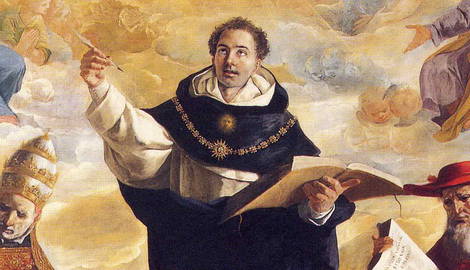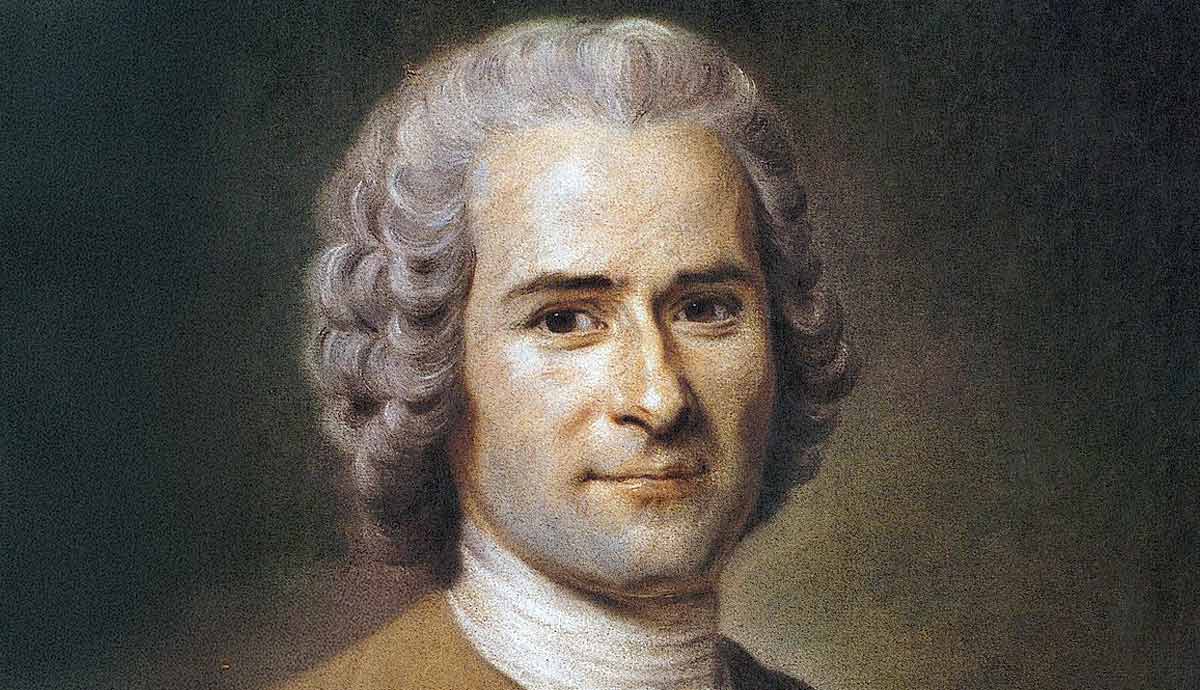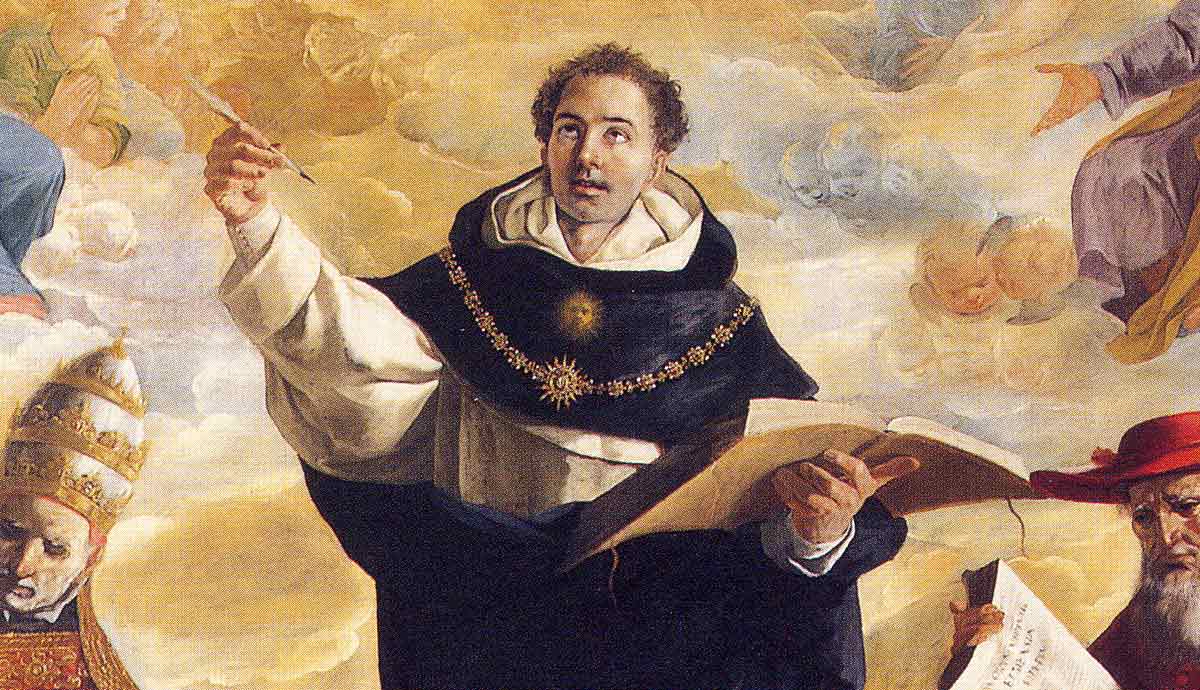
St. Thomas Aquinas was not just another medieval scholar; he was a transformative figure in philosophy and theology, ushering in the era of Scholasticism—the primary intellectual tradition in medieval Europe. His unique approach, which reconciled faith and reason, was a revolution. By incorporating Aristotle’s logic and scientific thought into religion, he demonstrated the compatibility of reason-based philosophy and belief-based theology. His ability to fuse Christian beliefs with philosophical thinking set off centuries of debate and continues to inspire and enlighten us today.
The Intellectual Landscape Before Aquinas: Early Scholastic Thought
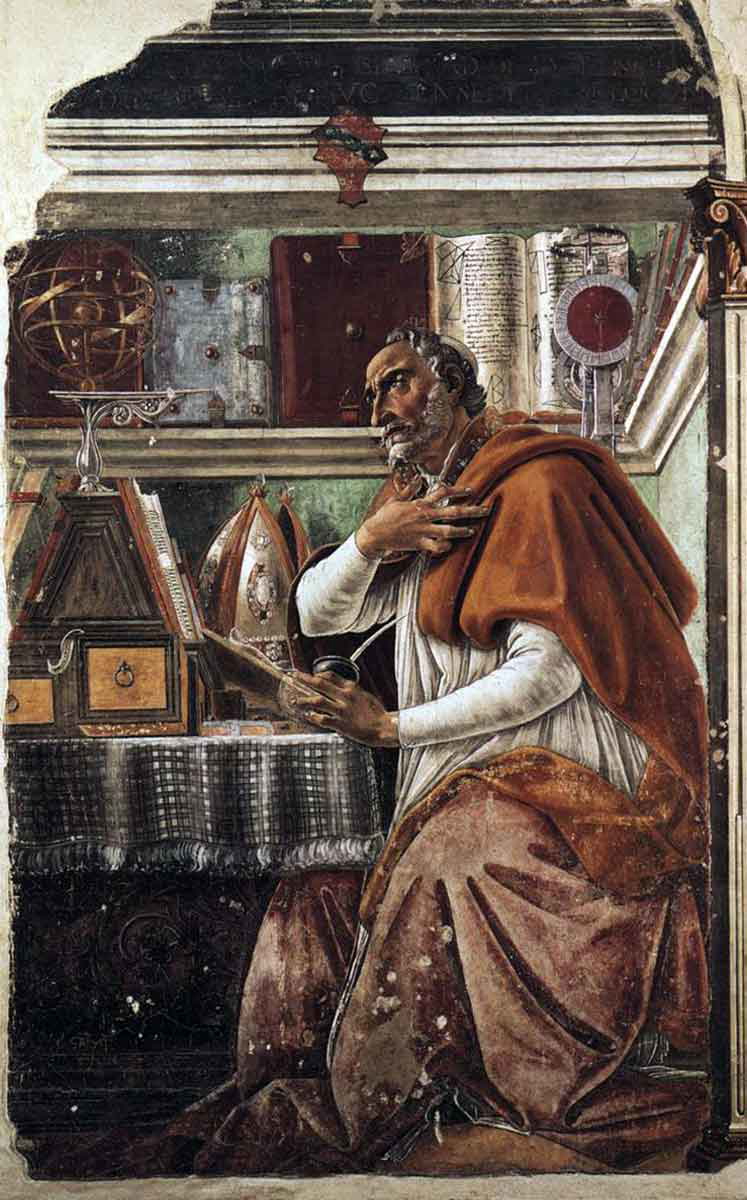
Medieval scholars were already grappling with one major question before St. Thomas Aquinas: Can faith and reason be compatible with each other? This dilemma spawned Scholasticism, which was a way of thinking that sought to examine and explain religious concepts through the power of logic.
One of the great early Scholastics was Anselm of Canterbury (1033-1109). He famously established the case for God’s existence through reason alone, constructing the ontological argument—that if we can conceive of a perfect being, then such a being must exist. This was novel in its application of logic to establish religious truths.
Another of the most significant of these was Peter Abelard (1079-1142), famous for his Sic et Non (“Yes and No”). He contrasted opposing theological views and demonstrated that reason had the power to resolve contradictions within religious teachings. However, this was not universally accepted—most were concerned that excessive logic would undermine faith.
Most scholars at this time followed Plato and St. Augustine in emphasizing that reason had to be guided by faith. The dilemma was one of interpreting complex theological ideas without undermining the authority of religion. The balance was tenuous—too much reason and faith was undermined; too little and philosophy was futile.
This was the world into which Aquinas came, and he would soon transform the way reason and faith might really cooperate.
Aquinas and Aristotle: A New Synthesis
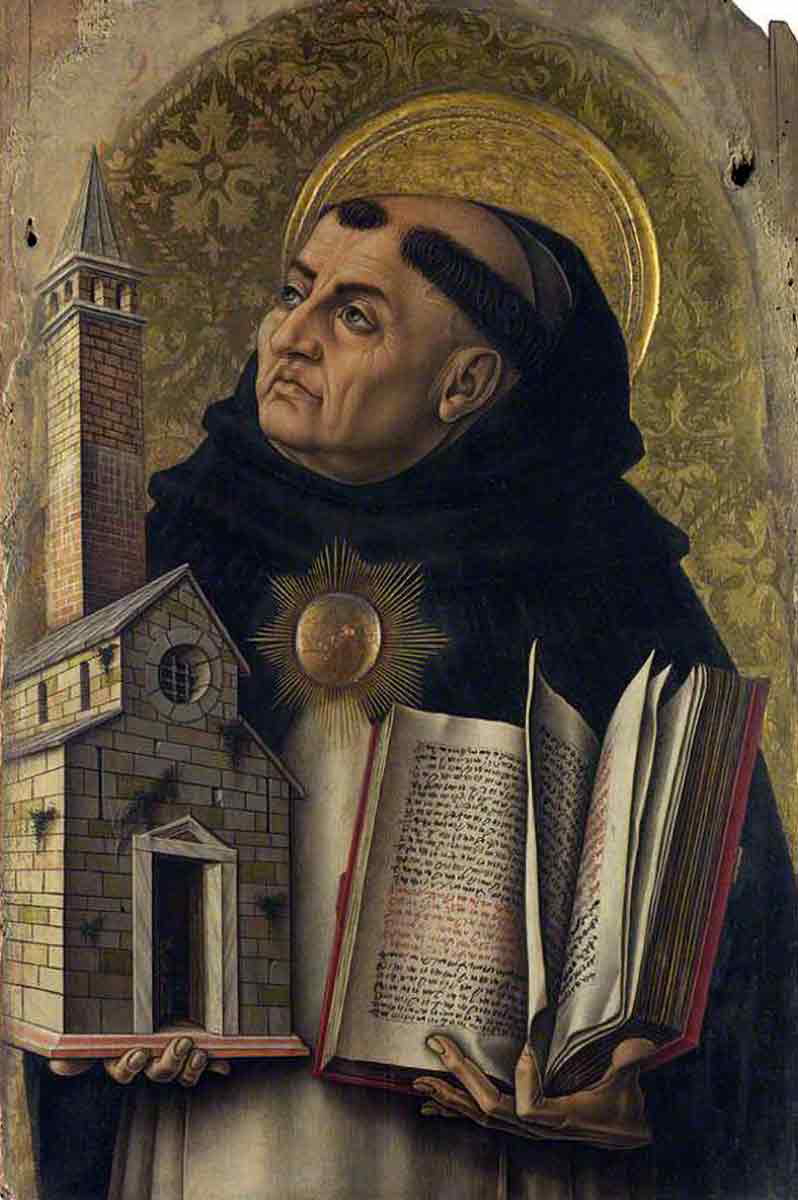
Before St. Thomas Aquinas, most medieval scholars did not trust Aristotle. They thought the Greek philosopher was too worldly and rational to be useful for Christian theology. But Aquinas disagreed. He believed that Aristotle’s ideas could actually help faith, not hurt it.
Aquinas wanted to show that reason and faith did not have to be at odds with each other. They could work together. According to Aquinas’ way of thinking, God had made both the human mind and the world.
Therefore, using our minds to study the world and apply logic to it was a good way of coming to know God better. This idea changed Christian philosophy a lot. Up until then, people who believed in Jesus mainly tried to learn things about God from special books and experiences that were (they thought) from heaven.
He did not work alone. Aquinas collaborated with Islamic and Jewish scholars who had not only preserved but also built upon the teachings of Aristotle.
For example, thinkers such as Averroes (Ibn Rushd) and Maimonides were responsible for reintroducing Aristotle’s philosophy to Europe. Aquinas borrowed from their interpretations to create his own Christian theology.
By merging classical philosophy with the Christian faith, he developed an approach known as Scholasticism, which placed great emphasis on organized debate and logical argument. In effect, Aquinas used Aristotelian logic to demonstrate that religious beliefs could be shown to be reasonable.
This way of thinking became extremely influential, dominating European philosophy for centuries after his death. Scholasticism is still part of the curriculum at Roman Catholic institutions of higher education.
The Summa Theologica: Aquinas’ Masterpiece in Scholastic Thought
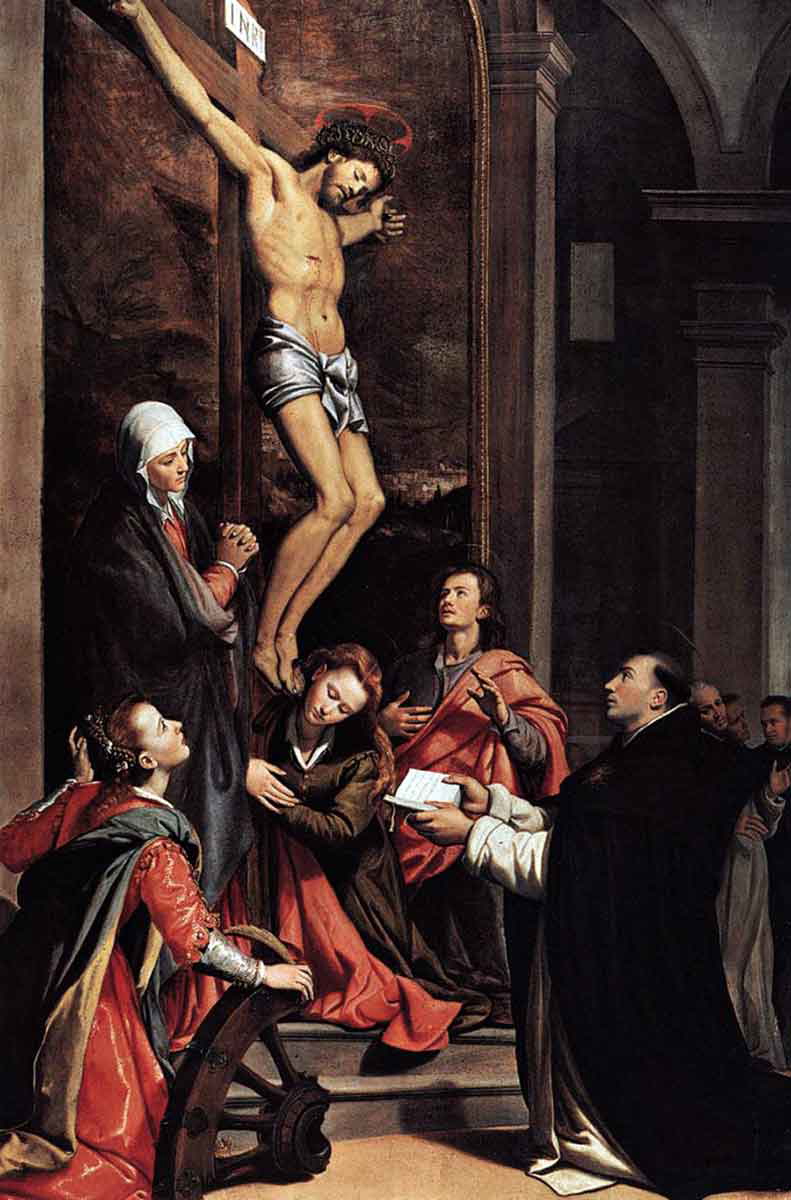
St. Thomas Aquinas’ Summa Theologica is the ultimate guide to Scholastic philosophy. More than just a book, it is a system that shows how we can use reason to learn everything about God, morality, and the world. Scholars still read it today; they consider it one of the most important works of philosophy and theology ever written.
A lot of what Aquinas does in the Summa looks like an old-fashioned version of “Q&A.” He starts by asking a really big question; then, he lists all the reasons people might disagree with him. Next comes his own answer—but he’s not done yet! Aquinas revisits those disagreements and explains why he believes they are incorrect.
Aquinas discussed numerous major concepts. For example, he used his Five Ways to demonstrate that God does exist. These were cause-and-effect-based reasoning arguments regarding the way things move, and their purpose or goals.
Aquinas also wrote extensively on natural law—the theory that rules of right and wrong are built into the world by God. He felt that individuals are capable of discovering such rules using their intellect (moral discovery).
With regard to good and evil, Aquinas synthesized Christian doctrine with the thoughts of Aristotle. Out of this synthesis came new ways of thinking about justice, laws passed by states, and what it means to be human.
However, Summa Theologica isn’t solely a religious text. It proposes the idea that faith and logic can live side by side—an argument that has shaped a lot of Western thought on religion ever since, and which still does today.
Aquinas on Faith and Reason: The Scholastic Balance
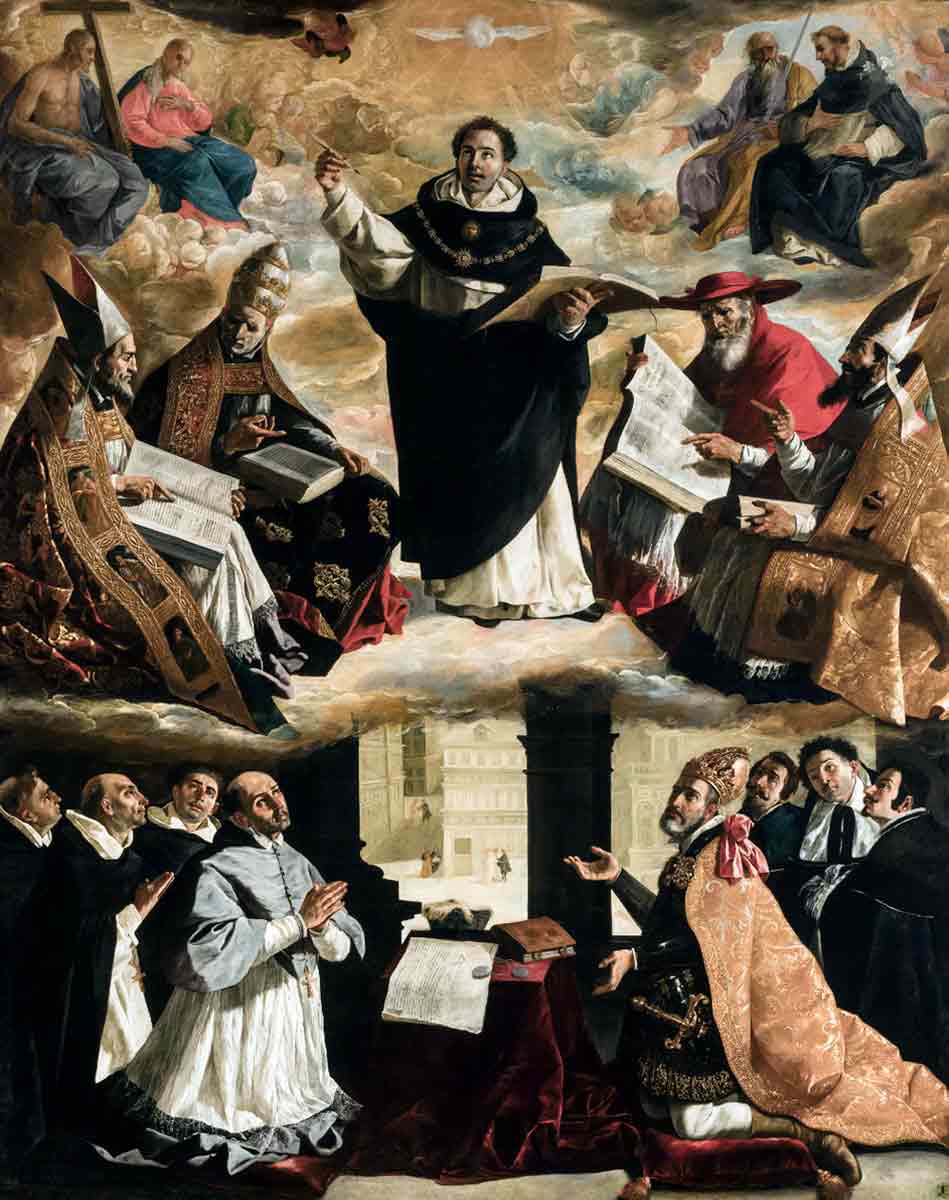
Was faith nothing but believing something you had no good reason to think was true? No, said the 13th-century philosopher and theologian St. Thomas Aquinas. He didn’t see faith and reason as being opposed to each other. Rather, he believed that they went together: when we had faith in God, reason could help us understand why we believed what we did.
To help make his point, Aquinas came up with five ways to show that it is rational to believe in God’s existence, even though this cannot be proved or disproved by scientific experiments:
- The Argument from Motion: Whatever is in motion is moved by something else. There has to be a First Mover—God.
- The Causal Argument: Everything that has an effect has a cause. There must be a First Cause—God.
- The Argument of Contingency: Everything being temporal, there must be something that necessarily exists—God.
- The Argument of Degree: We consider things better or worse. There must be some sort of Perfect Standard—God.
- The Design Argument: The universe is orderly and purposeful, suggesting a Divine Designer.
Not all agreed. Radical Aristotelians thought he was too dependent upon faith, and strict theologians feared he was giving too great an emphasis to reason.
Aquinas believed every one of these was God’s gift, and every one was needed if you wanted to fully understand the truth. He showed that faith and reason don’t fight. They need each other, and this idea became the basis for Scholastic thought.
The Impact of Aquinas on Education and Universities in the Middle Ages
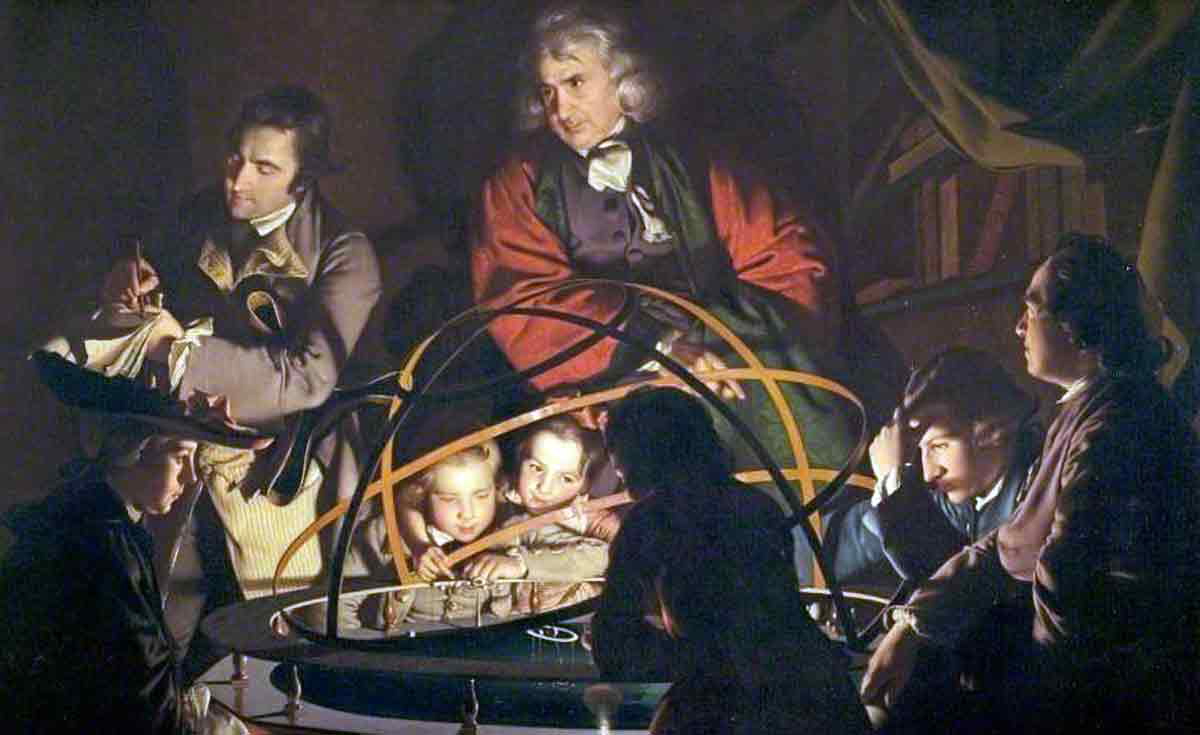
In the 1200s, some of the most important places to learn new stuff were universities. And when it came to more than just philosophy, Thomas Aquinas’ ideas were game-changers, especially for thinking about how students could best be taught.
In fact, his ideas were so influential that they helped shape medieval universities and had an impact on debates among scholars studying law, philosophy, and theology.
Some of the most important universities at that time were in Europe. Whether you went to Oxford or Paris (among others), these places were centers of Scholasticism.
If students wanted to do philosophy or theology, then they had to study Aquinas. In many cases, anyone studying these subjects would have been expected to read Summa Theologica.
Aquinas was a member of the Dominican order. His work continued here, too. The Summa Theologica particularly became required reading for studying such things on a higher level (and there were many who did so throughout the 13th century).
His influence didn’t stop there. He also sparked a movement in philosophy known as the Thomistic school, which dealt with subjects like natural law, ethics, and how faith and reason can both be right. Nearly 500 years later, Pope Leo XIII made Thomism popular once again and made it the official philosophy of Catholicism.
Aquinas helped shape the course of philosophy and learning. He showed that true knowledge involves more than just reciting things you believe to be true—it means asking questions, using logic, and arriving at answers supported by evidence. Little wonder his ideas continue to influence higher education around the world.
The Lasting Legacy of Aquinas in Scholasticism and Beyond
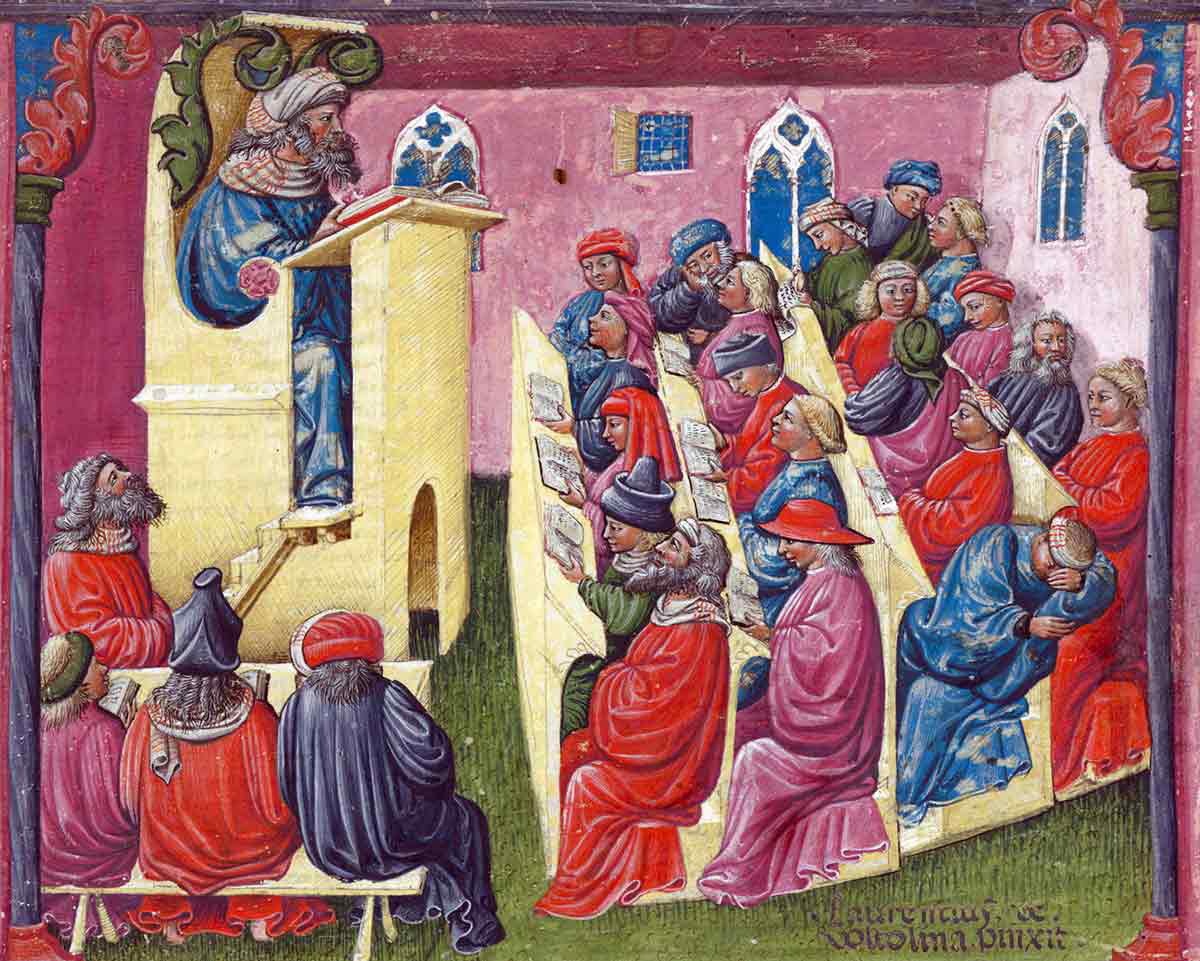
St. Thomas Aquinas was not only supreme in his time, his ideas have now ruled philosophy and theology for hundreds of years. Even in his posthumous era, philosophers like Duns Scotus and William of Ockham built on (and sometimes refuted) his ideas.
Scotus built on Aquinas’ theories of free will, and Ockham introduced nominalism and the issue of whether universal concepts have any reality independent of the mind. But even as Scholasticism evolved, Aquinas remained at the center of it.
During the 19th century, the influence of Aquinas was strongly revived through Neo-Thomism. Scholars were urged by Pope Leo XIII to learn about Aquinas once more, and his books became the core of Catholic philosophy. Through this movement, his teachings on natural law, ethics, and harmony of faith and reason shaped contemporary Catholic theology and education.
To this day, the ideas of Aquinas are applied to arguments concerning morality, law, and ethics. His natural law theory—the idea that moral principles are derived from human nature—remains current in legal theory and political theory. His combination of faith and reason remains applicable in arguments concerning science, religion, and ethics.
Not only had Aquinas impacted medieval Scholasticism, but he also bridged ancient philosophy and modern thought. His legacy reminds us that philosophy is not about theoretical ideas—it’s about understanding truth and bringing it into our everyday lives.
So, What Is the Influence of St. Thomas Aquinas on Medieval Scholasticism?
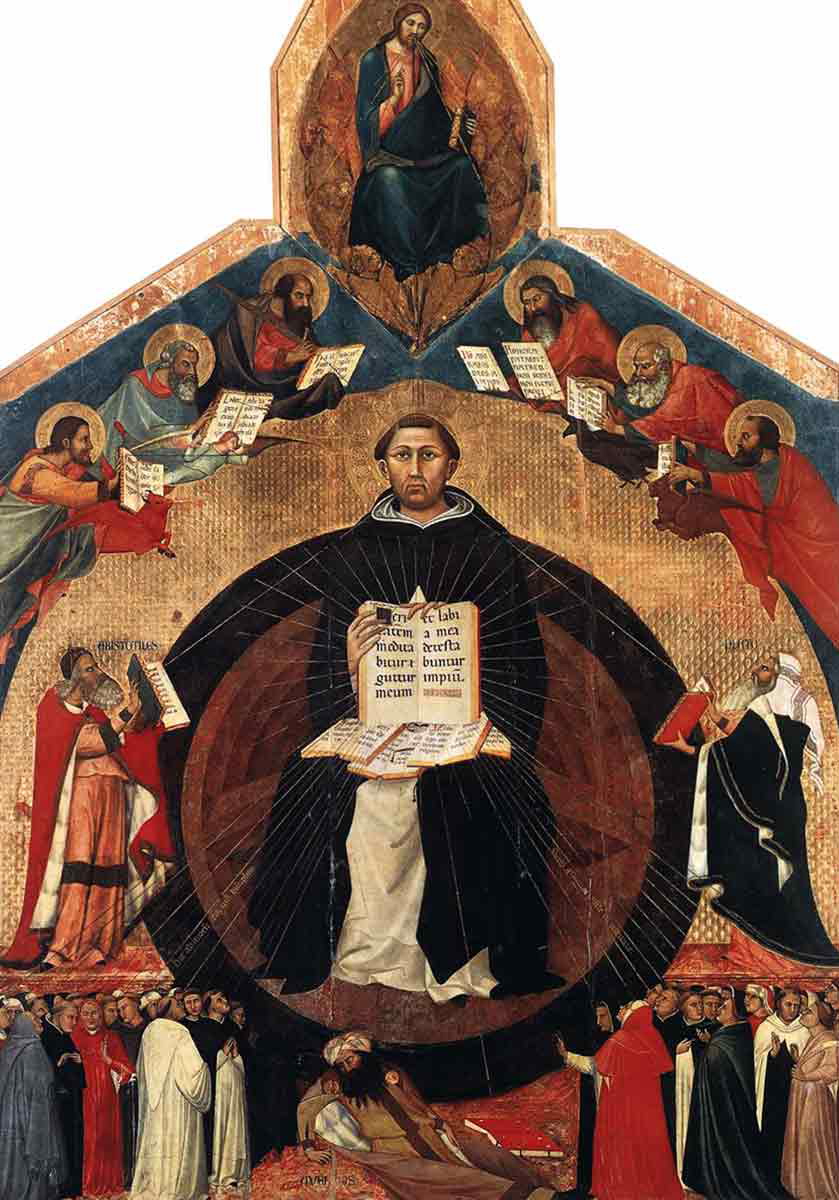
St. Thomas Aquinas revolutionized Scholasticism by fusing Aristotelian logic with Christian theology to show that faith and reason were not incompatible. This approach brought unprecedented clarity, structure, and rigor to the study of philosophy—an influence still felt in ethical and theological debates centuries later.
Aquinas’ ideas also helped shape discussions about natural law and morality. Today, they underpin many religious as well as secular positions on these issues.
Yet, while his work remains central in both areas, our world has changed since the 13th century. Does an approach like his, which insists upon the value of both faith and reason, still have anything to teach us?
Aquinas used this systematized version of Scholastic argumentation to make major contributions not only to university education (especially in the Middle Ages) but also to Catholic thought thereafter.
It was a way of doing philosophy that enabled thinkers then—and perhaps can help them now—to arrive at new conclusions by reconsidering old beliefs. In short, scholars admired the “method” he proposed a lot.
Renowned for his teachings on a wide range of subjects, Aquinas has long been considered one of the greatest Christian philosophers who ever lived.
